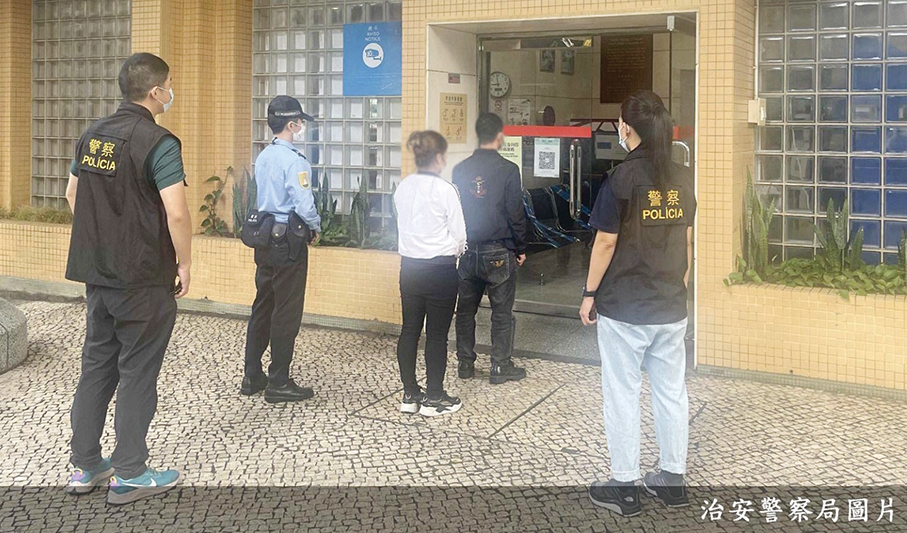Dili – The cost of recovery from the severe damage caused by Tropical Cyclone Seroja in East Timor in April 2021 could exceed US$420 million, but rebuilding offers the opportunity for strengthening infrastructure and enhancing disaster preparedness, according to a World Bank report released this week.
The impact of the Seroja, which caused extensive flooding, landslides, damage to critical infrastructure, livestock and crops, and 44 reported fatalities, highlights the need for a multi-hazard approach to disaster and crisis management, according to the report “Learning from Tropical Cyclone Seroja: Building Disaster and Climate Resilience in Timor-Leste.”
Timor-Leste is East Timor’s official Portuguese name.
The destruction caused by the cyclone will be felt most acutely by the poorest residents in a country where more than half the population relies on subsistence agriculture for their livelihoods.
“Following Tropical Cyclone Seroja, development partners coordinated to assist the Government of Timor-Leste to make informed decisions regarding the most impacted sectors, potential recovery paths and improvements in disaster risk management,” said World Bank Country Representative for Timor-Leste Bernard Harborne. “Reconstruction will require careful planning and investments to not only recover from this catastrophic event but also strengthen disaster and climate resilience in the years to come.”
In the agriculture sector, damage to livestock is estimated to be over US$15.7 million, and losses to be over US$13.1 million, the report found. The estimated total damage to the housing sector (including household goods) from Seroja is US$60 million but could be over US$148 million if a “build back better” approach that includes safer housing, basic services restoration, and settlement improvements to reduce risk is adopted. The damage to roads and bridges is estimated at US$170 million while reconstruction that incorporates improved standards to reduce disaster risk could cost an estimated US$245 million.
Due to the constraints of the COVID-19 pandemic, the assessment of the impact of Seroja was conducted remotely and access to data was limited.
Recovery offers an opportunity for the government to strengthen resilience against future natural hazards and identifies priority focus areas for enhancing disaster risk management and climate change adaptation measures.
Immediate priorities include updating the National Disaster Risk Management Policy; improving early warning services, applying risk reduction principles when rebuilding damaged infrastructure; and conducting an urban risk diagnostic to identify priority investments and capacity needs in the capital of Dili which was heavily affected by the cyclone.
The assessment signals the Bank’s renewed engagement in disaster risk management in Timor-Leste. Building on previous projects, the new report continues providing support to the Government of Timor-Leste on long-term disaster and climate resilience building, including to strengthen urban resilience, preparedness, risk financing, and adaptive social protection.
East Timor, one of the world’s poorest countries, has a population of 1.3 million.
As of yesterday, the half-island nation’s COVID-19 tally stood at 19,879, including 122 deaths, according to worldometers.info.
For more information about the World Bank Group’s work in Timor-Leste, please visit: www.worldbank.org/tl
– Courtesy of World Bank (additional reporting by The Macau Post Daily)





